
Making Kimchi in Korea The Asian Slice
Once all the cabbages are in the jar or airtight container, press down hard to remove air pockets. To collect any remaining seasoning, rinse the bowl with 1/2 cup of water (or the remaining optional dasima broth), and add it to the kimchi container. Close the lid. Leave it out at room temperature for a full day or two.
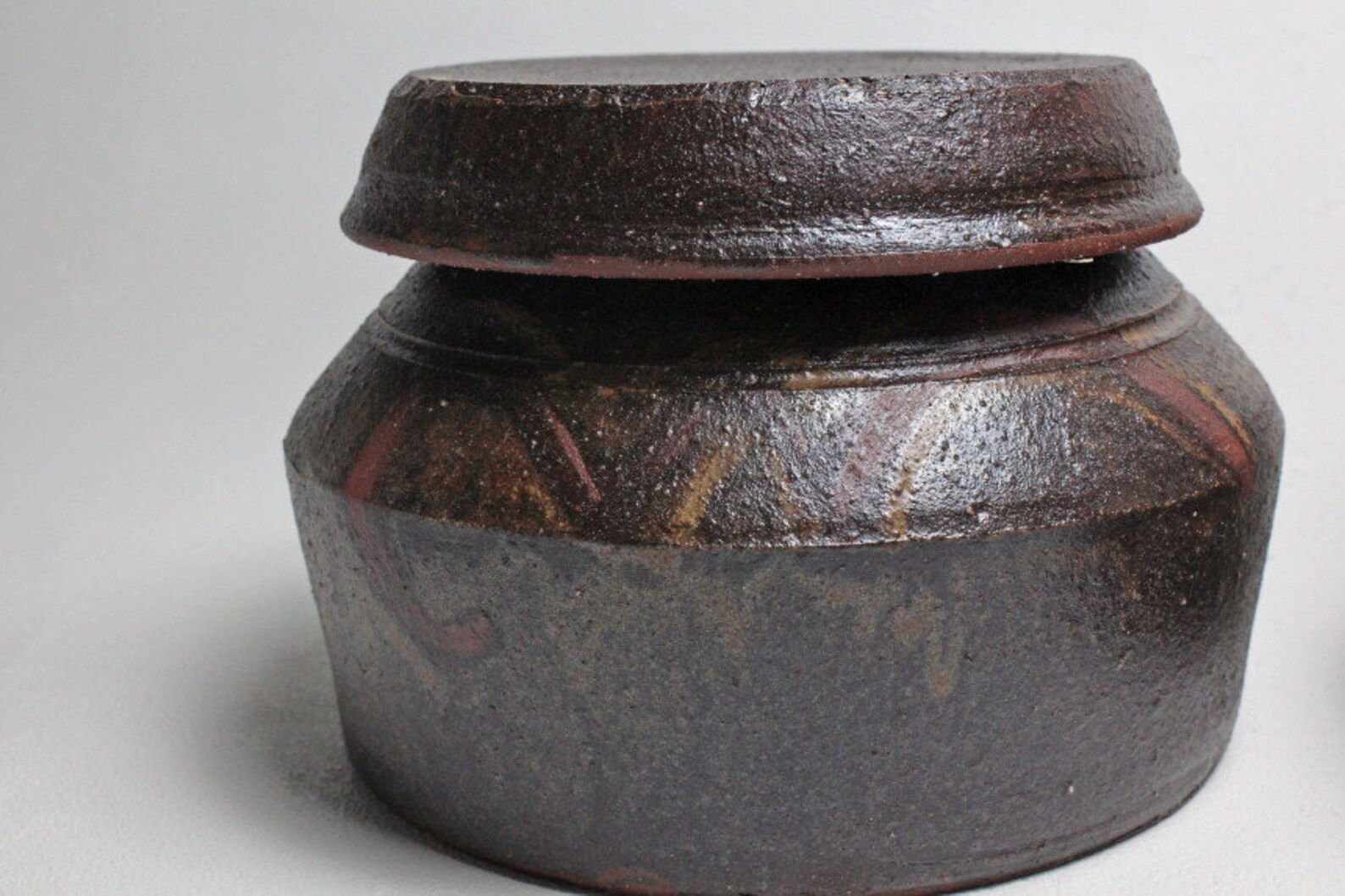
New Korean Onggi Kimchi pot and Korean fermentation pot _ Etsy
Place Your Kimchi in an Airtight Container: Transfer your kimchi into an airtight container, ensuring there's minimal exposure to air. Allow it to Ferment at Room Temperature for a Day or Two: Let your kimchi ferment at room temperature for a day or two to kickstart the process. --Advertisements--.

Korean Onggi (Kimchi Pots) Korean pottery, Fermenting jars
Onggi 옹기. These traditional Korean earthenware crocks can be used for making and preserving many things: soybean paste, soy sauce, hot pepper paste, fermented salty fish, makgeolli, and of course kimchi. They're made from clay, and when fired leave microscopic holes that allow them to breathe, which makes them great for fermentation.
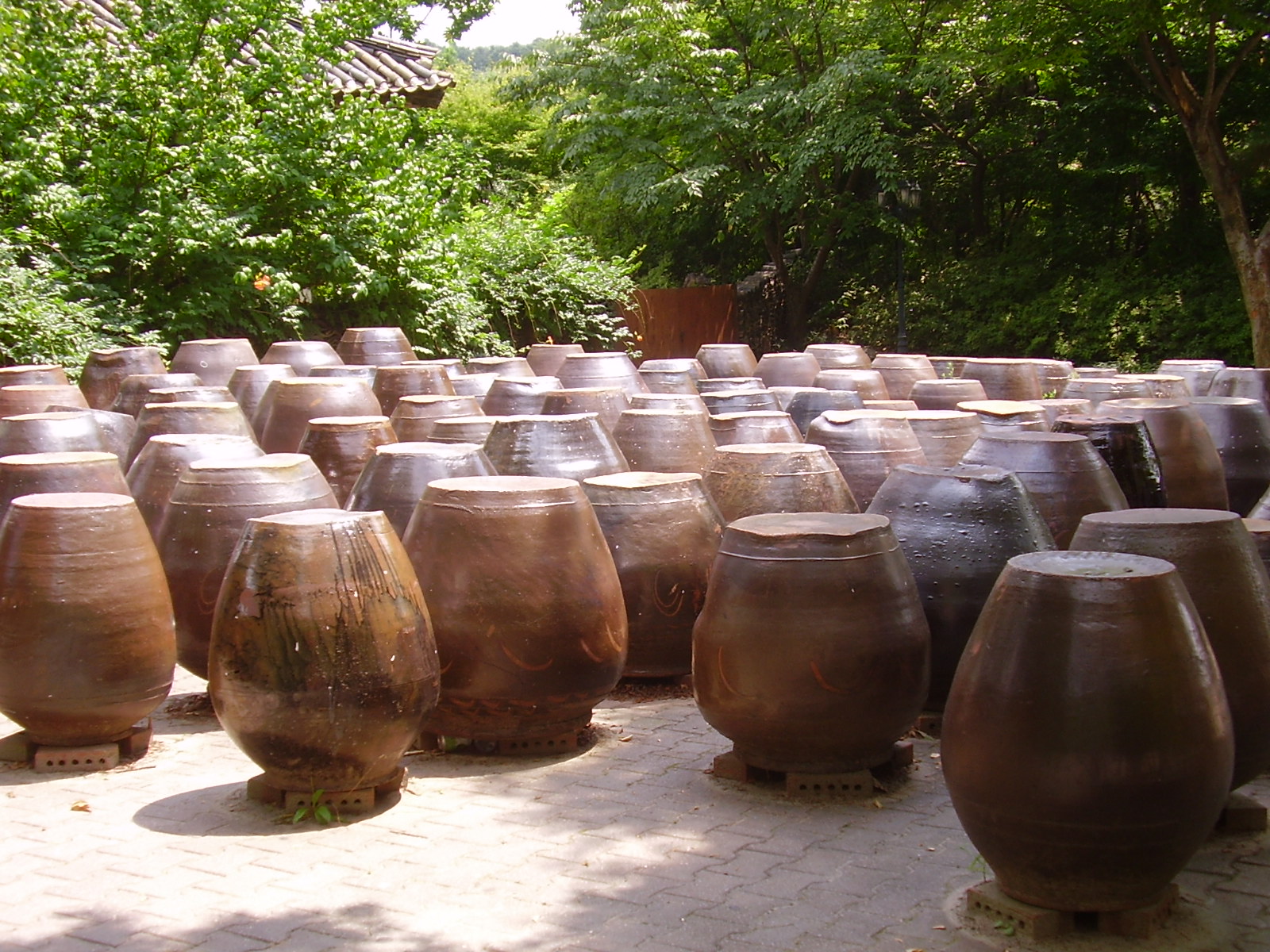
Food from the Roots The Science Behind Kimchi
Combine the water and the sweet rice flour in a small pot. Mix well with a wooden spoon and let it cook over medium heat for about 10 minutes until it starts to bubble. Add the sugar and cook 1 more minute, stirring. Remove from the heat and let it cool off completely. Pour cooled porridge into a large mixing bowl.
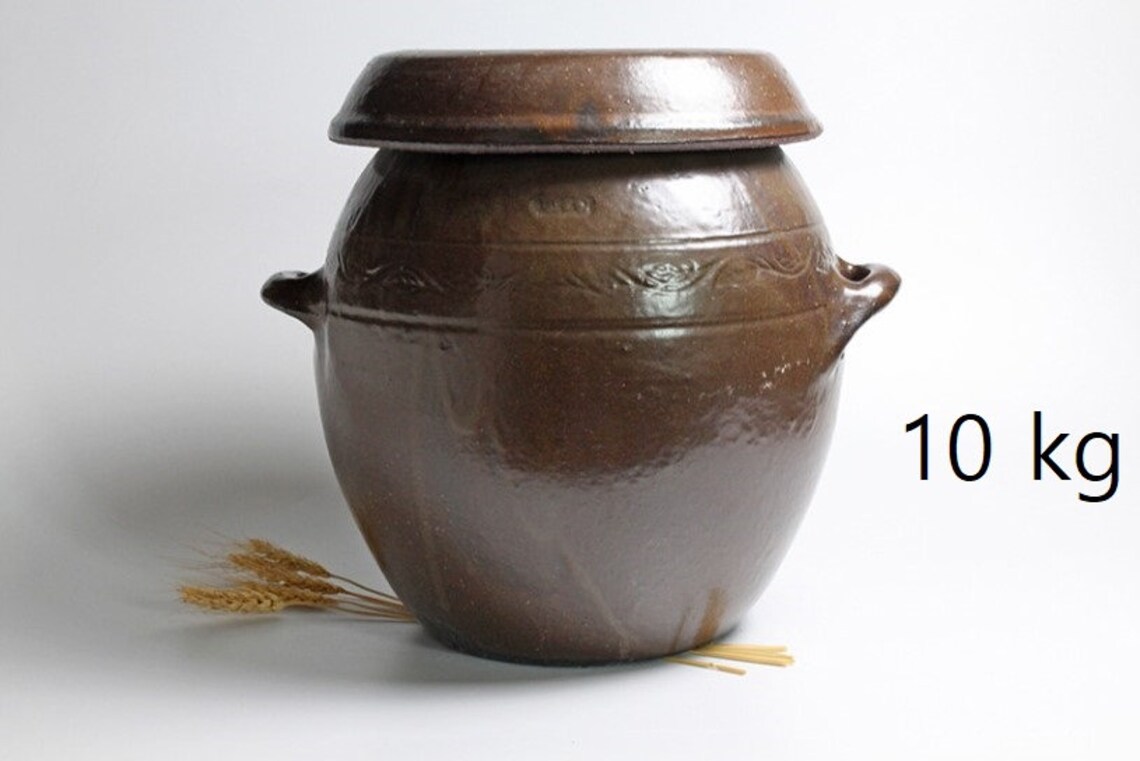
Korean Onggi Kimchi pot and Korean fermentation pot _ Select 1 Etsy
Directions: Remove the outer layers of the cabbage to remove potential contaminants, or wash well. Slice the cabbage into ribbons about 3/8″ wide. Cut the daikon into matchsticks or ribbons (I usually cut to 1/16″ x 3/8″ x 2″) Dissolve the salt into the water to make a brine.

Korean onggi kimchi pot and korean fermentation pot _5 Size Etsy
Step 7: Combine the Korean kimchi ingredients. In a large bowl, combine the chopped vegetables and kimchi paste and stir well. Because the radish contains a lot of water, this will naturally "thin" the paste over time. Finally, it's time to add the salted (and rinsed!) cabbage sections.

Kimchi The Beginner’s Guide to Fermenting — One of Everything
Cover your jars with clean lids and leave at room temperature to ferment 3-10 days. Check the contents and press down with a clean fist or utensil a few times during the first day especially to keep the veggies under the liquid. Taste as you go to determine when to put the jars into the refrigerator to "finish.".

Pin by kristy lee on The Views of Korea Korea travel, World pictures
The pots are used to hold kimchi, soy bean paste, red pepper paste, and other foods that require air to ferment, which the clay — made from Korean rain water, plants, and mountain soil.
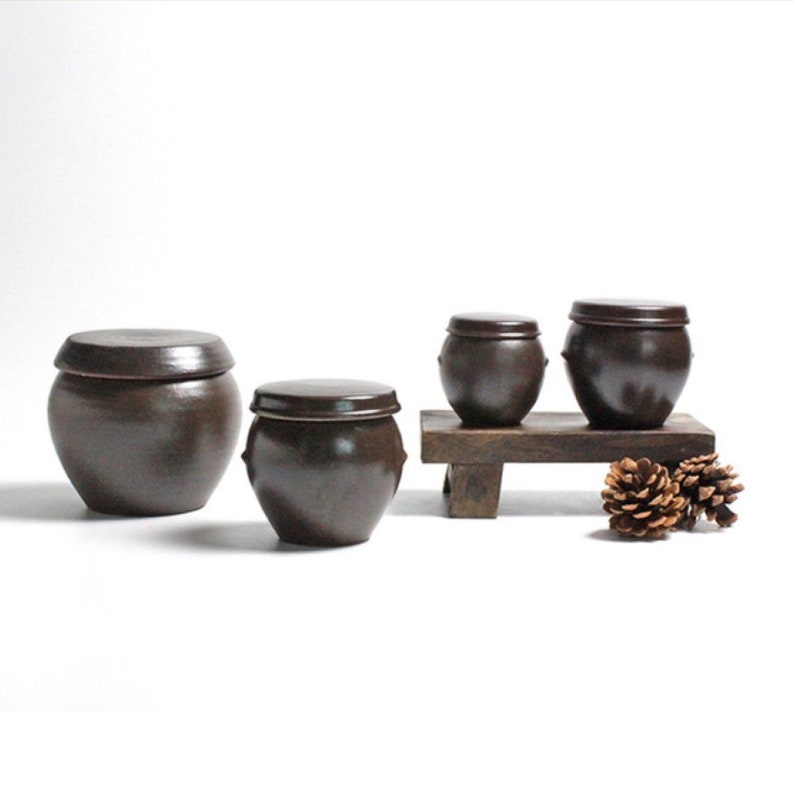
Korean onggi kimchi pot and korean fermentation pot_4 Size Etsy
To make the paste, put the fish sauce, dried bori shrimp, garlic, salted shrimp, quartered onion, ginger and apple in a blender and process until smooth. Transfer the blended mixture to your third.

19 best images about Onggi on Pinterest Slow food, Preserve and Purpose
Crazy Korean Cooking Premium Kimchi, Sauerkraut Fermentation and Storage Container with Inner Vacuum Lid, Sandy Brown, 0.9 gallon (3.4 L) (0.9 Gal (3.4L) 1 PACK). Terrarium Ceramic Kimchi Jar Kimchi Container Chinese Glass Container with Lid s with Lids Onggi Kimchi Pot Sichuan Dining Table Ceramics Dry Food. 1 offer. Great for kimchi.

Kimchi fermentation pots South korea travel, Korea travel, South korea
During the fermentation process, carbon dioxide is created. This gas is trying to escape from the jar and causes the liquid to rise, which, if close to the rim, can escape. Put the jars on a large plate and wipe up the spills as they occur. CO2 production should subside after a few days.
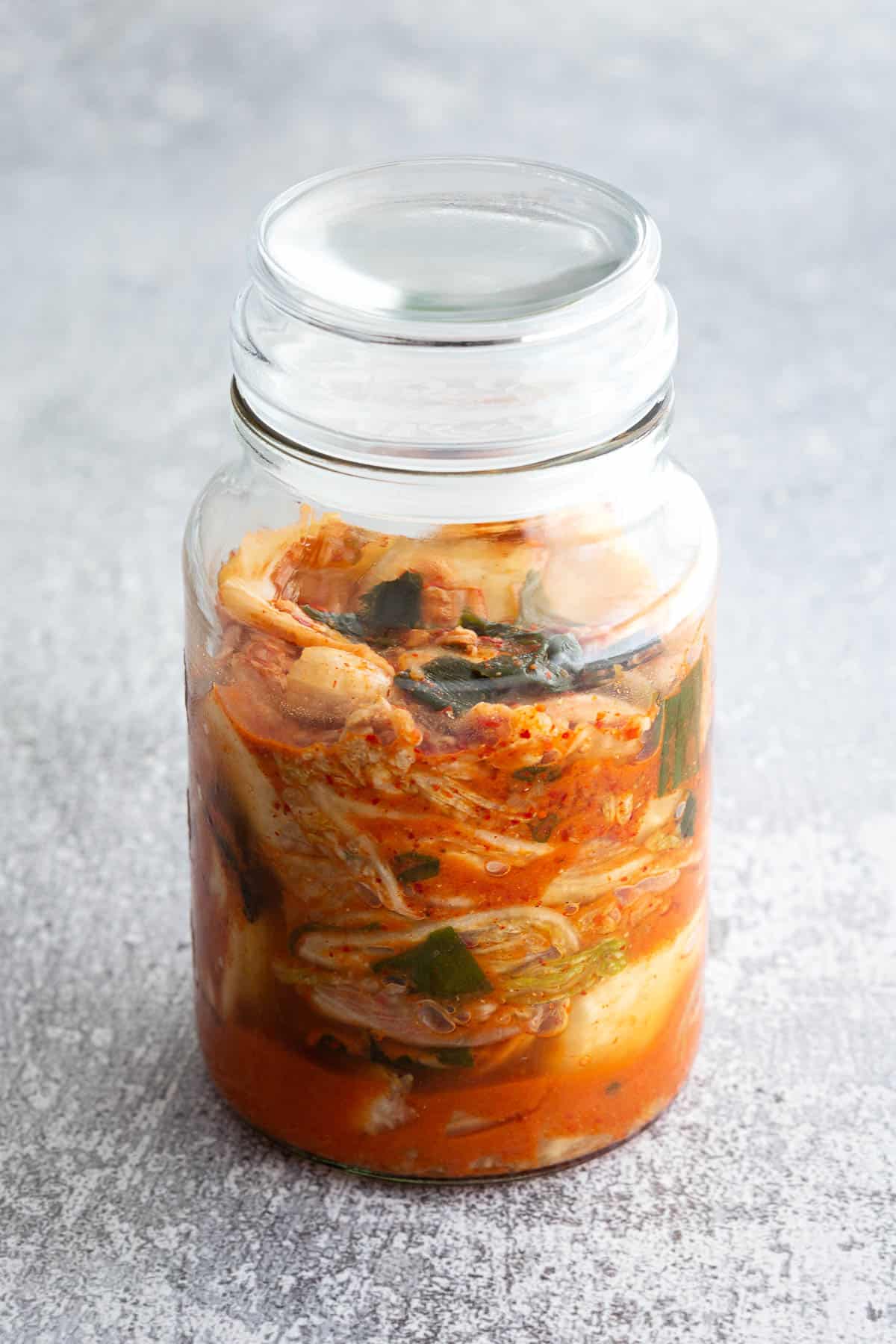
Easy Korean Kimchi Fermented Spicy Cabbage Wandercooks
Crazy Korean Cooking E-jen Premium Kimchi Fermentation & Storage Container, 11.8 Gal (45L), Round Sandy Brown Regular price $ 79.99 Regular price Sale price $ 79.99
Not Just Kimchi Kimchi Pots
Leave it for 10 minutes for the radish to salt down. Add Korean chives, carrots, minced garlic, minced ginger, sugar, blended onion, and the Korean chili flakes mixture from step 5. Mix them well. Now the kimchi seasoning / kimchi paste is made, ready for use. Place a quarter of a cabbage on a tray.

Kimchi, Korean fermented food, 500g (mat Kimchi) KJmarket
This onggi pot can be used to make kimchi, kochujang, doenjang, and even soy sauce, and maintains its freshness and flavor throughout the fermenting process. The total size of the onggi is 9.45'' W x 8.27'' H, with a capacity of 5L, which is more than enough to make a batch of kimchi to last a while.

Earthenware crock Maangchi’s Korean cooking kitchenware
Pack ingredients into a quart-size jar (or two jars if need be). Place in a cool and somewhat dark place (the kitchen counter is fine) and open and shut the lid twice a day to vent until kimchi is ready (about one week). See the post for tips and hints on making this and knowing when it is ripe.

Traditional Korean kimchi earthenware pots South korea, Fermented
We're named after the ubiquitous Korean fermentation vessel found in nearly every home called onggi (it's pronounced "OHNG-ghee", like mixing "only" with "eggy"). Onggi (옹기) pots carry a rich yet humble history, perfected over generations of craftsmanship using natural materials and thoughtful work.They are famous for their fermentation-friendly properties and the foods.